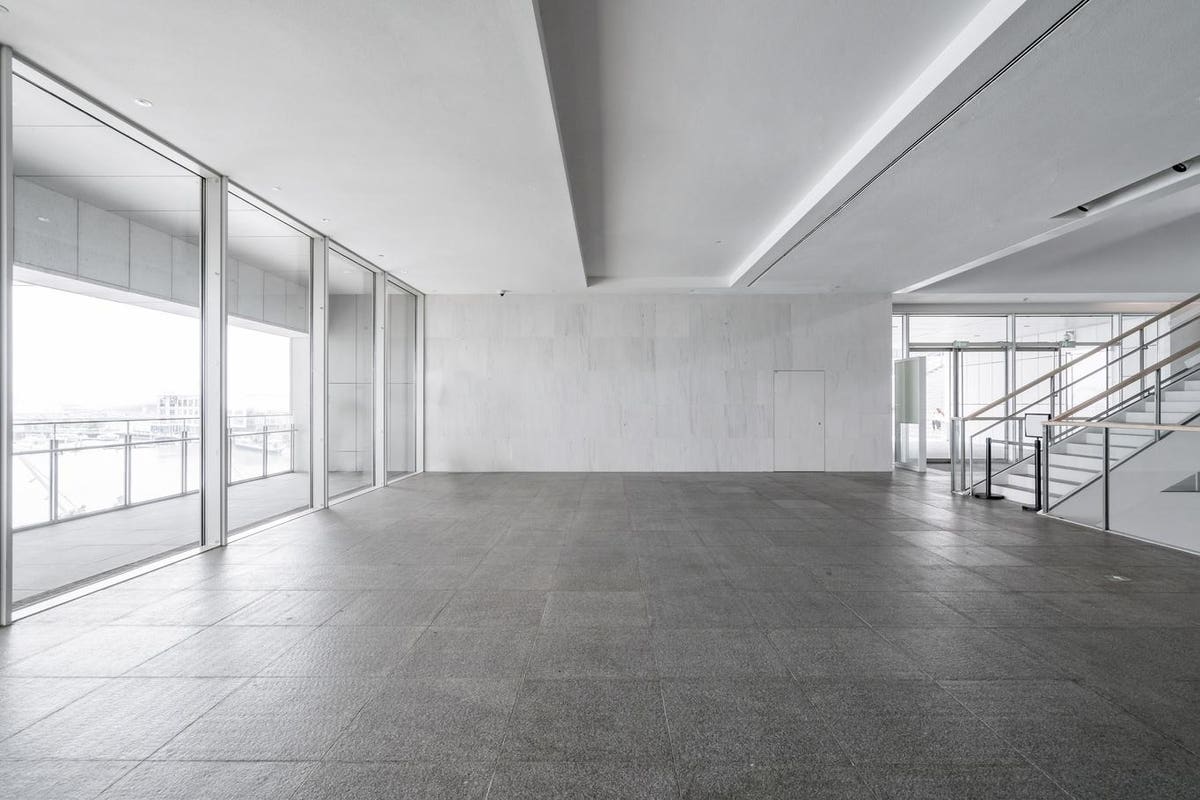Major property owners have been walking away from prominent office buildings from coast to coast. Those owners have seen their revenue drop because of tenant departures and decisions not to renew leases. The income from the building can’t cover debt service.
The owners could choose to write checks from other sources to keep their loans current. But they don’t. In other words, the people who know the buildings best, the owners of those buildings, don’t see any good reason to throw more money into the buildings. They’re effectively announcing that the building isn’t worth more than its mortgage.
Sometimes, these resolutions of troubled buildings have been peaceful, with the owners simply handing over the buildings to their lenders, who then have to figure out what to do with them. That was the risk the lender took when it made a nonrecourse loan.
In less visible cases, owners and lenders are making deals so the owner stays in possession, the lender captures whatever cash flow is available, and the parties will eventually sell the building for whatever they can get. That avoids the visible stain of its being owned by a lender, and potentially saves an iteration of transfer taxes. As another possibility, a lender will often prefer to sell a distressed loan at a discount and let someone else deal with it, as that amounts to a totally different business than just lending money.
The last time commercial real estate suffered a major downturn, during the Great Financial Crisis of 2008-2009, lenders often agreed to “kick the can down the road,” giving their borrowers loan extensions and accommodations in the belief that adverse conditions were temporary and would soon right themselves. They did.
This time around it’s not as simple. Lenders don’t always seem to be as patient. Sometimes they’ll negotiate an extension and workout. Those often require the building owner to bring cash to the table, to pay down the loan, fund interest or leasing reserves, upgrade the building, or otherwise show the owner’s financial commitment to the asset. If the building is clearly underwater, though, those additional investments often don’t make sense for the owner.
In the world of office buildings, owners are suffering the consequences of two huge changes:
(1) The persistence of work from home, combined with
(2) Huge, fairly sudden, and totally unexpected increases in interest rates.
Work from home means that major office tenants need less space. Even though some companies are pressing or requiring their staff to work in the office more, those people mostly still aren’t in the office every day. Tuesdays and Wednesdays seem to be relatively busy, but even so not everyone is there. The employers don’t like leaving so much space vacant on other weekdays, so they’re figuring out how to use less space. This isn’t good for office building owners or their lenders.
Because so many companies have decided to let leases expire, the supply of vacant space in major cities has produced levels of availability not seen in decades. That drives down office rents.
At the same time, though, a few office buildings are doing great. Those mostly consist of office buildings that were just recently built, with trophy quality finishes and amenities – buildings that have so much appeal to tenants and their employees that they can partly overcome the popularity of work from home. Other very successful buildings might be older, but they are at great locations and their owners have just invested massively in upgrades and amenity centers. Those measures still attract the best tenants and their employees. Trophy office buildings like these will still achieve top dollar, even occasional bidding wars, in the rental market.
At the same time that many ordinary office building owners cope with reduced demand, lease nonrenewals, and lower market rents for ordinary office space, the huge recent interest rate increases mean that if an owner has floating-rate debt, they will suffer immediate pain. Even if the owner has fixed-rate debt, once it matures the owner cannot refinance without injecting substantial equity capital to reduce the loan amount. That’s an investment that often doesn’t make sense in the current market.
An owner’s pain sometimes takes the form of a requirement in the loan documents for the borrower at a certain point, before loan maturity, to buy an interest rate cap to protect the owner from interest rates that exceed a certain fixed percentage. Because market interest rates have become so high, those caps have become quite expensive. The purchase price for such a cap becomes an investment that makes no sense given market conditions.
In many cases, owners acquired and financed their buildings when money was practically free. That state of affairs that probably lasted much longer than it should have. Today it is blowing up in investors’ faces. One can certainly hope that rates go down again. A return to the near-zero rates of 2009 through 2022 seems quite unlikely, though. That means building values will inevitably have to go down and stay down. It’s a fundamental change in the world.
The same is probably true of work from home, even if some employers achieve some success in ordering or coaxing their employees back to the office. The pandemic taught vast categories of workers that they don’t need an office and can do their work just as well at home. Granted, work from home isn’t a great way to transmit company culture, mentor junior staff members, build relationships, or accomplish training in anything but the narrow agenda actually discussed in a zoom call. There are ways to work with that, not always satisfactory. They don’t necessarily require everyone to always be in the office.
Given everything discussed above, it’s fair to conclude that it’s very likely different this time, at least for office buildings that aren’t trophy properties.
Read the full article here





